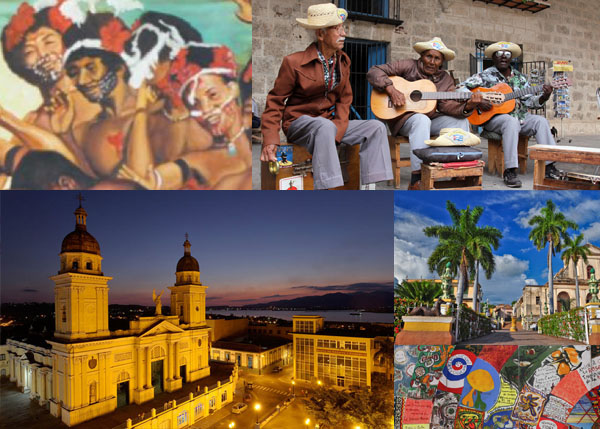9.9.1 Aniceto Díaz.

Aniceto Díaz was a flutist, composer, and orchestra conductor, as well as a teacher. At just ten years old, he entered the world of music, carrying musical instruments in an orchestra in Matanzas, where he was born on April 17, 1887, into a musical family.
Aniceto learned the trade of tailor, which was very common among musicians. He also studied with maestro Justo Cuellar in the Matanzas Music Band. He studied the figle with a musician from Miguel Faílde’s orchestra, creator of the Danzón. Another interesting fact is that this musician also studied law.
In 1902, Aniceto Díaz replaced his teacher in the Music Band, where he remained for a long time. He continued to improve his musical skills, studying the flute, and began composing works such as El chiflido (The Whistle), Yattey (The Flea), A la voz de fuego (A Voice of Fire), and La niña de los besos (The Girl with Kisses). He composed a highly successful danzón entitled El teléfono de larga distancia (The Long Distance Telephone), which became very popular in the 1920s due to the availability of telephones.
In 1914, Aniceto achieved his greatest desire to form his own traditional orchestra, and they performed for the first time in the halls of the Matanzas Artistic and Literary Lyceum. He performed danzones and North American music that was in vogue at the time.
Specialist María Teresa Linares points out that “Aniceto Díaz created the Danzonete as a combination of the Danzón and the Son, attributing to the latter and the foxtrot the decline of the former, Rompiendo la rutina. He later composed El trigésimo, La zona franca and other pieces. The Danzonete had a short life, but what it did achieve was the adoption and use of the singer by the charanga orchestra, who played all the fashionable melodies, whether boleros, criollas, canciones or guajiras.”
In 1944, Aniceto settled in Havana and reorganized his orchestra with children and musicians from the capital. In 1947, the orchestra disbanded, but the maestro continued to dedicate himself to composition and teaching, copying music and tuning pianos.
He retired after 1959, when his true musical achievement was recognized, and died on July 10, 1964, in Havana. Aniceto Díaz remains one of the most distinguished figures in Cuban music.








